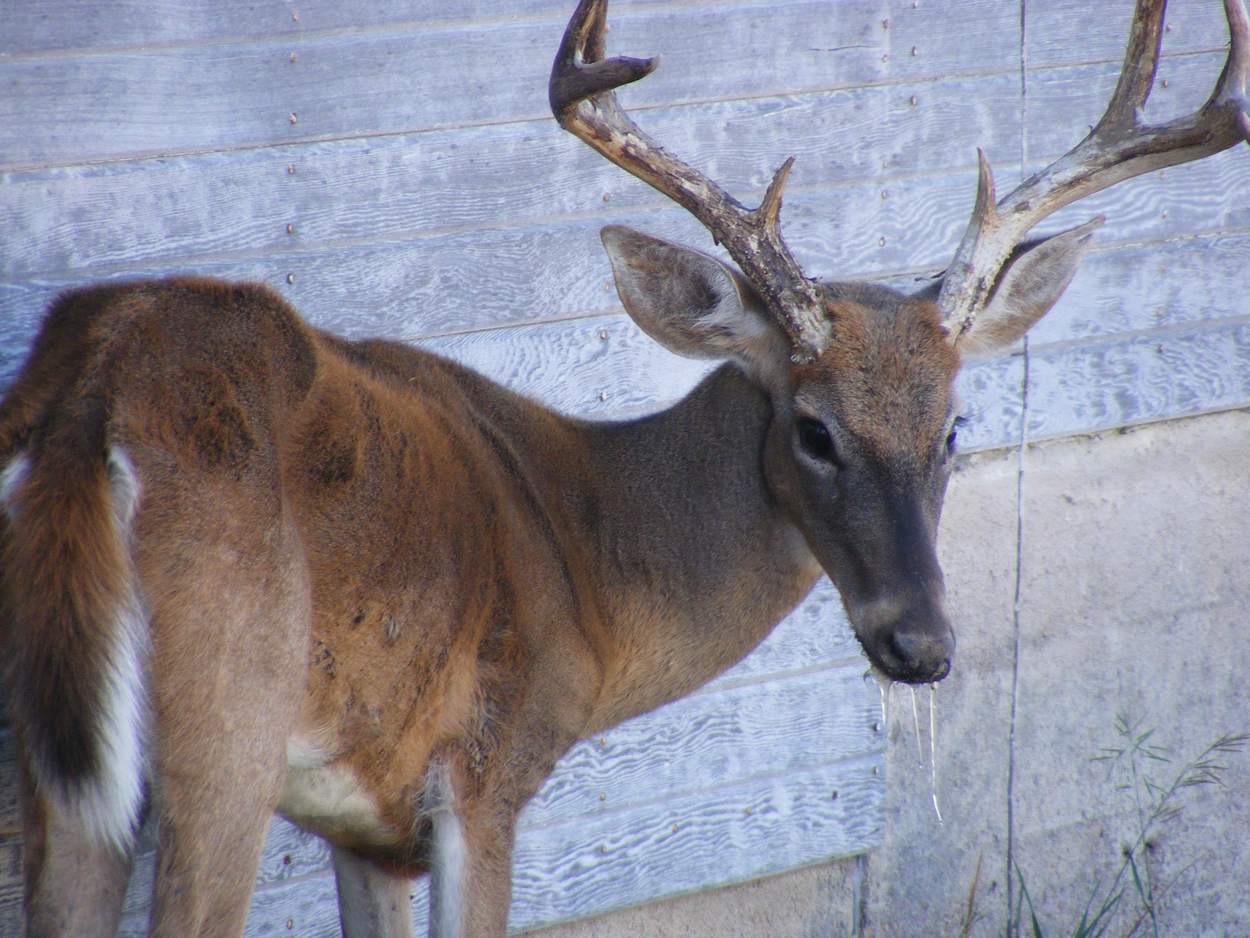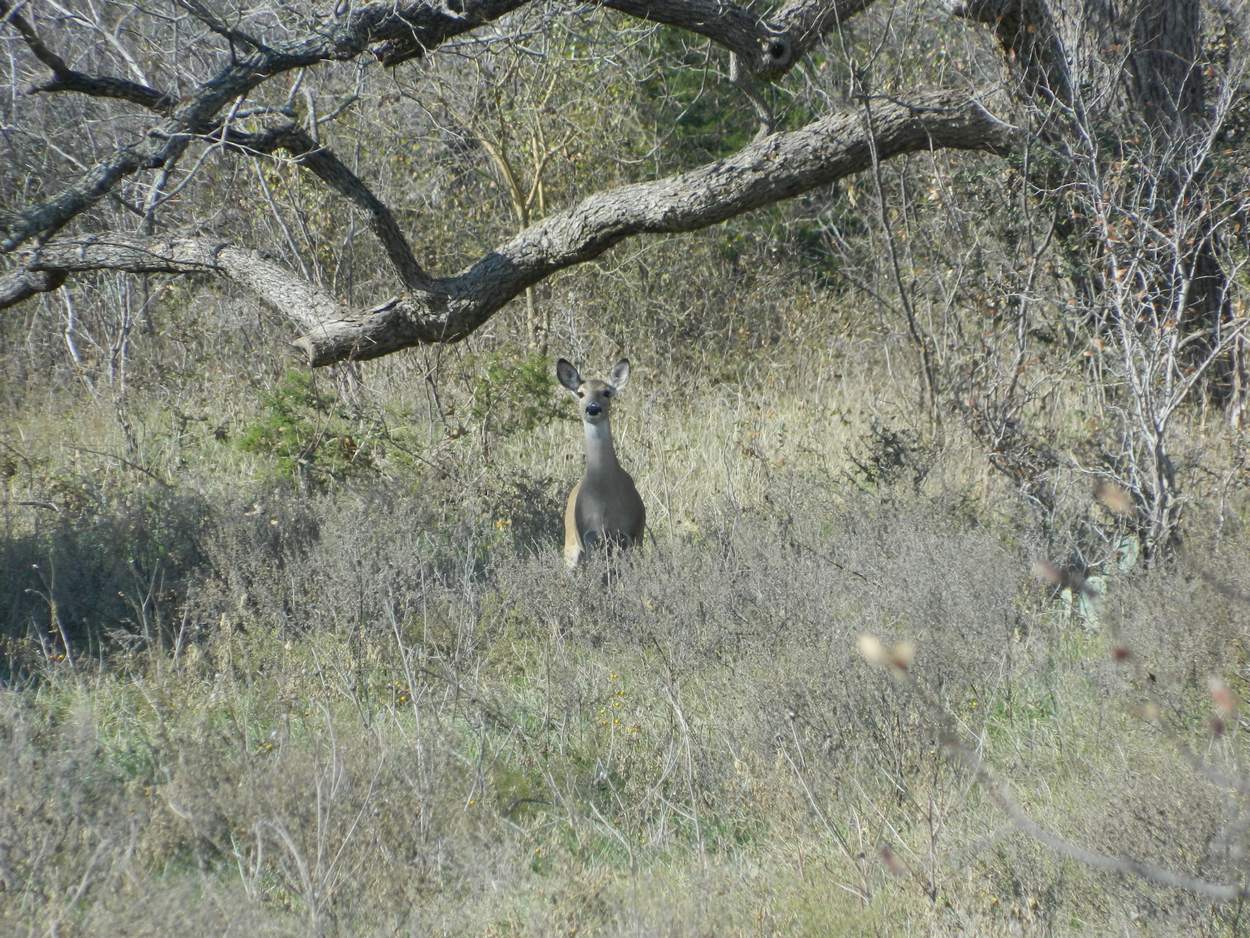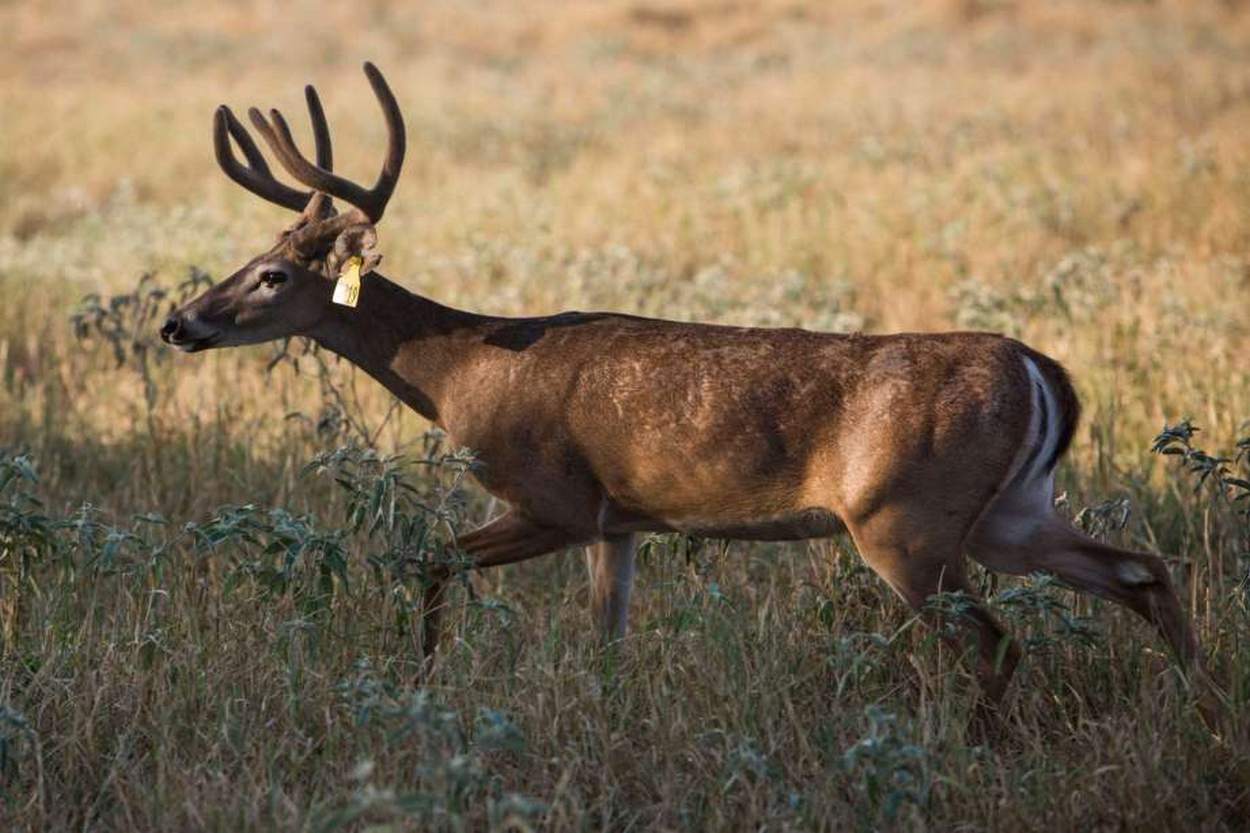CWD in Kimble County
The spread of Chronic Wasting Disease (CWD) across Texas continues. Unfortunately, the latest instance is CWD in Kimble County. Texas Parks and Wildlife Department is reporting that CWD has been discovered in a 5 ½-year-old white-tailed deer in a Kimble County deer breeding facility, marking the first positive detection of the disease in the county.
The tissue samples submitted by the breeding facility as part of routine deer mortality surveillance revealed the presence of CWD during testing at the Texas A&M Veterinary Medical Diagnostic Laboratory (TVMDL) in College Station Feb. 6. The National Veterinary Services Laboratory in Ames, Iowa, confirmed the findings on Wednesday, Feb. 26.

Response in Kimble County
Officials have taken immediate action to secure all cervids at the Kimble County deer breeding facility with plans to conduct additional investigation for CWD. In addition, those breeding facilities that have received deer from the Kimble County facility or shipped deer to that facility during the last five years are under movement restrictions and cannot move or release cervids at this time, or they have completed the necessary testing to ensure that CWD was not transferred to their facility.
“The Texas Parks and Wildlife Department is working in coordination with the Texas Animal Health Commission and other agencies to launch an epidemiological investigation to determine the extent of the disease, assess risks to Texas’ free ranging deer and protect the captive deer breeding industry,” said Dr. Bob Dittmar, TPWD wildlife veterinarian. “We want to thank landowners and the Texas hunting community for its strong support of our detection, sampling and herd management efforts – we cannot combat the spread of CWD without it.”
Although animal health and wildlife officials cannot say how long or to what extent the disease has been present in the Kimble County deer breeding facility, the breeder has had an active CWD surveillance program since 2011 with no positives detected until now.
“TAHC is working with TPWD to quickly assess and determine the extent of diseases prevalence in the herd and mitigate the spread of CWD,” said Dr. Susan Rollo, TAHC State Epidemiologist.

CWD in Kimble County, Texas
The disease was first recognized in 1967 in captive mule deer in Colorado. CWD has also been documented in captive and/or free-ranging deer in 26 states and 3 Canadian provinces.
In Texas, the disease was first discovered in 2012 in free-ranging mule deer along a remote area of the Hueco Mountains near the Texas-New Mexico border, and has since been detected in 169 white-tailed deer, red deer and mule deer in Dallam, El Paso, Hartley, Hudspeth, Kimble, Lavaca, Medina, Uvalde and Val Verde counties, 129 of which are connected to deer breeding facilities and release sites.
What is CWD?
CWD among cervids is a progressive, fatal neurological disease that commonly results in altered behavior as a result of microscopic changes made to the brain of affected animals. An animal may carry the disease for years without outward indication, but in the latter stages, signs may include listlessness, lowering of the head, weight loss, repetitive walking in set patterns, and a lack of responsiveness.
To date there is no evidence that CWD poses a risk to humans or non-cervids. However, as a precaution, the U.S. Centers for Disease Control and the World Health Organization recommend not to consume meat from infected animals.

Just took a few photos of founder white tail deer that we see often in the middle of San Antonio Texas. The doe and her fawn have the same founder hoofs. Where can I send them?
Thanks Judy